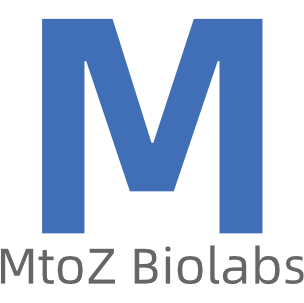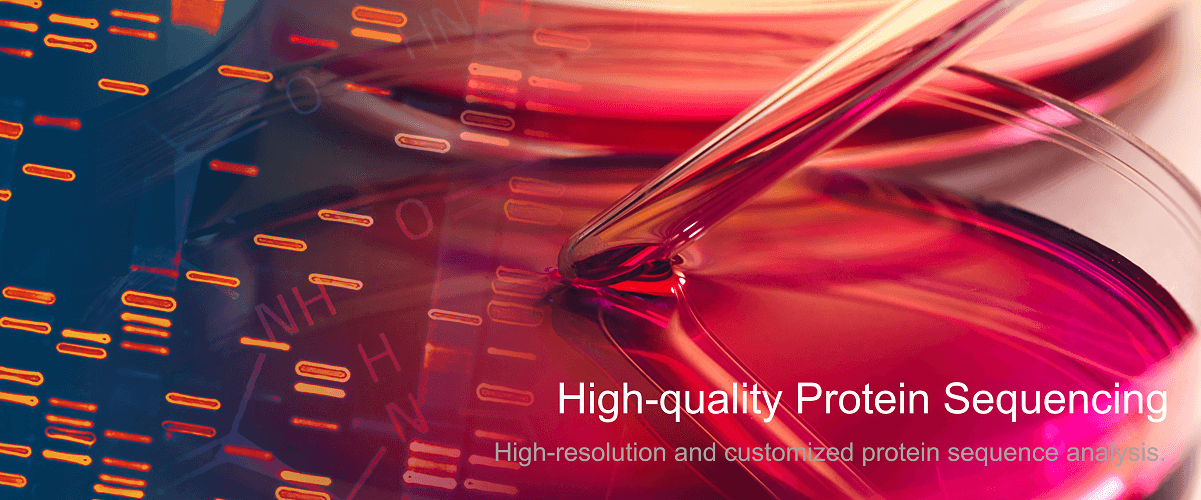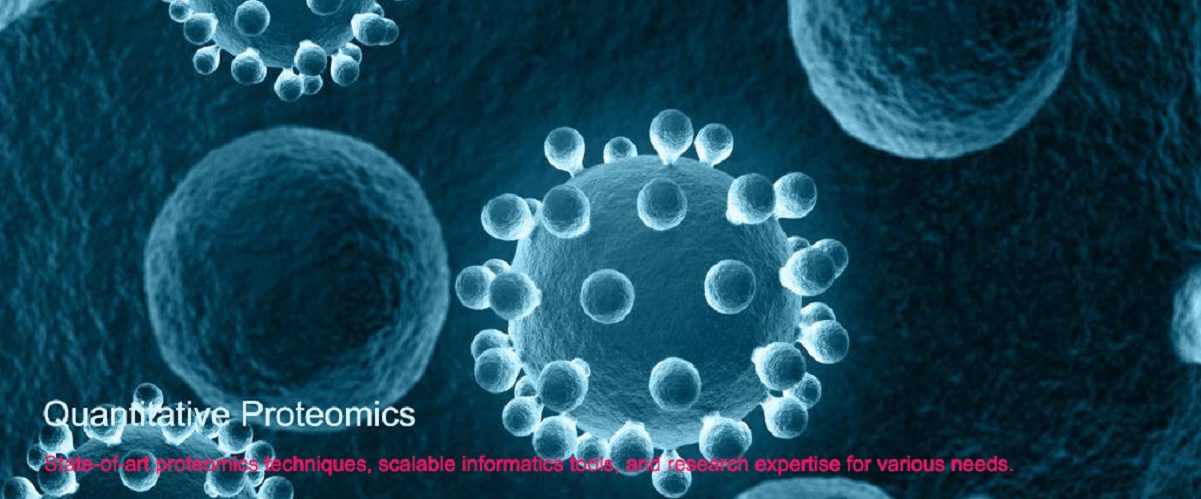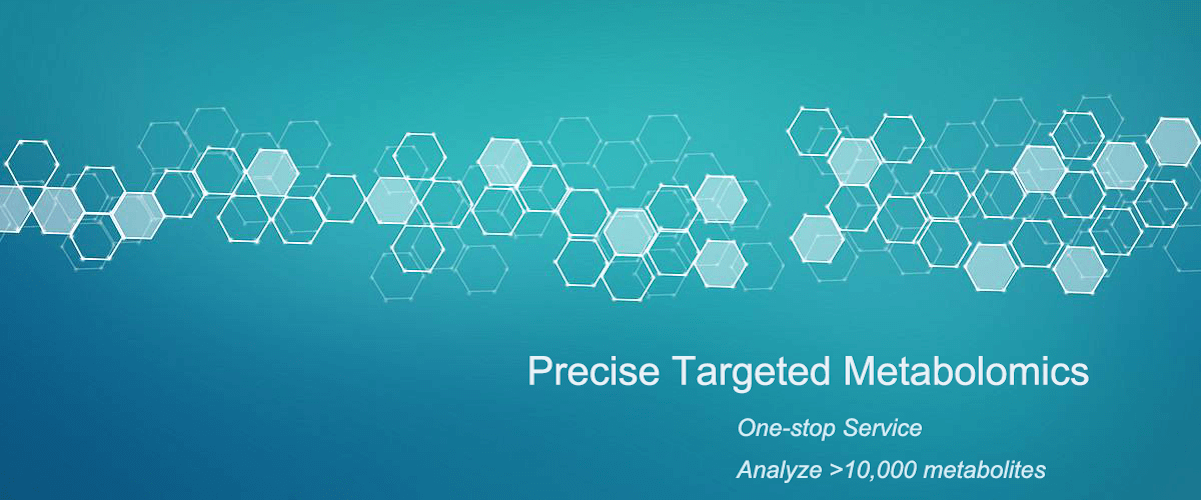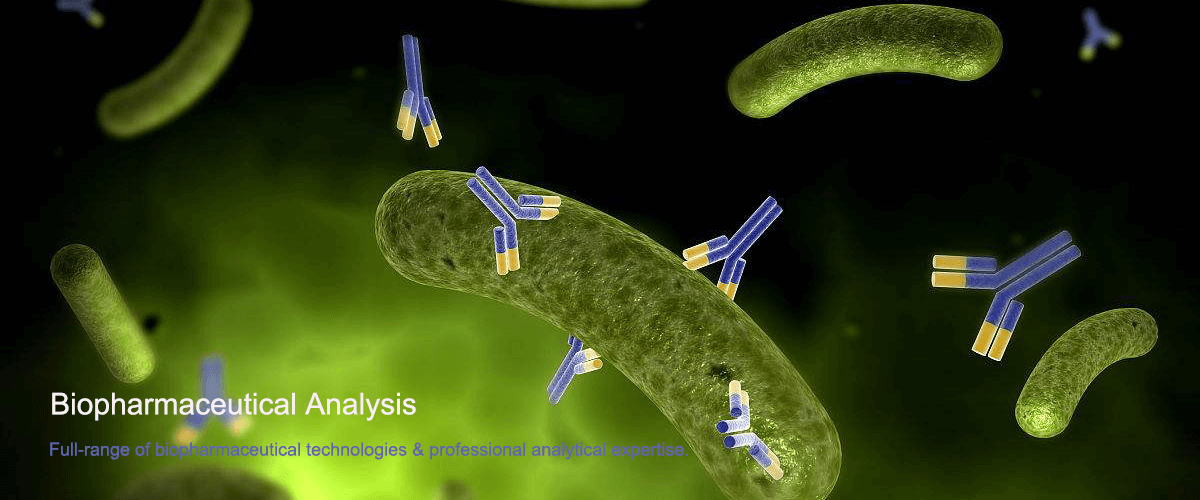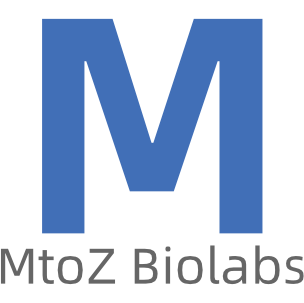Workflow of Proteomics for Different Sample Types
Proteomics is the study of the composition, function, and interactions of proteins within a cell or organism. As technology has advanced, proteomics has become an essential tool in biological research. Different sample types, such as serum, tissues, cells, and bodily fluids, provide rich research subjects, each with unique processing and analysis workflows.
Sample Collection
Sample collection is the first step in proteomics research, and selecting the appropriate sample type is crucial. The research objectives influence the choice of samples. For instance, when studying disease-related proteins, researchers typically select serum or tissue samples from patients, while drug development may prioritize tissue samples from cell or animal models. Key considerations during sample collection include:
1. Aseptic Conditions
Ensuring sample sterility to prevent contamination.
2. Prompt Freezing
Quickly freezing samples to maintain protein stability and activity.
3. Initial Processing
Performing preliminary processing of samples as needed, such as centrifugation or filtration.
Sample Processing
Sample processing includes cell lysis, protein extraction, and desalting. The methods vary by sample type:
1. Cell Samples
Cells are lysed using sonication or chemical agents (e.g., RIPA buffer) to extract total proteins.
2. Tissue Samples
Tissue needs mechanical or chemical processing before protein extraction.
3. Serum Samples
Proteins are separated from cellular components through centrifugation.
Key factors during processing include:
1. Extraction Efficiency
Selecting appropriate reagents and conditions to enhance protein extraction.
2. Protein Degradation
Adding protease inhibitors to prevent protein degradation during processing.
Protein Separation
1. Gel Electrophoresis
SDS-PAGE or 2D electrophoresis is used to separate proteins. This method utilizes an electric field to separate proteins based on molecular weight and is suitable for large-scale analysis.
2. Liquid Chromatography
Techniques like HPLC or LC-MS separate proteins based on chemical properties (e.g., polarity, molecular weight).
When selecting separation methods, consider the complexity of the sample and the research goals. For complex samples, multidimensional separation techniques are often used to improve resolution.
Protein Identification
Protein identification involves techniques such as mass spectrometry to determine the composition of proteins in the sample. Common techniques include:
1. Mass Spectrometry (MS)
Techniques like MALDI-TOF and ESI-MS analyze proteins in samples, providing high sensitivity and resolution.
2. Database Searching
Bioinformatics tools are used to compare mass spectrometry data to identify protein types and functions.
Protein Quantification
1. Labeling Quantification
Techniques like TMT and iTRAQ use chemical labeling for simultaneous quantification across multiple samples.
2. Label-Free Quantification
Relative quantification based on mass spectrometry compares the ion intensities of the same proteins in different samples.
During quantification, accuracy and reproducibility are key, necessitating the use of appropriate standard curves and internal standards.
Data Analysis
1. Data Preprocessing
Removing noise and redundant data, standardizing data for subsequent analysis.
2. Functional Enrichment Analysis
Utilizing databases like GO and KEGG to analyze the roles of identified proteins in biological processes.
3. Differential Analysis
Comparing samples under different conditions to identify significantly differing proteins, providing leads for further research.
The proteomics workflow for different sample types encompasses multiple stages, each with unique methods and challenges. Through rigorous experimental design and scientific data analysis, researchers can gain insights into protein variations across biological samples, revealing their significant biological implications.
How to order?

